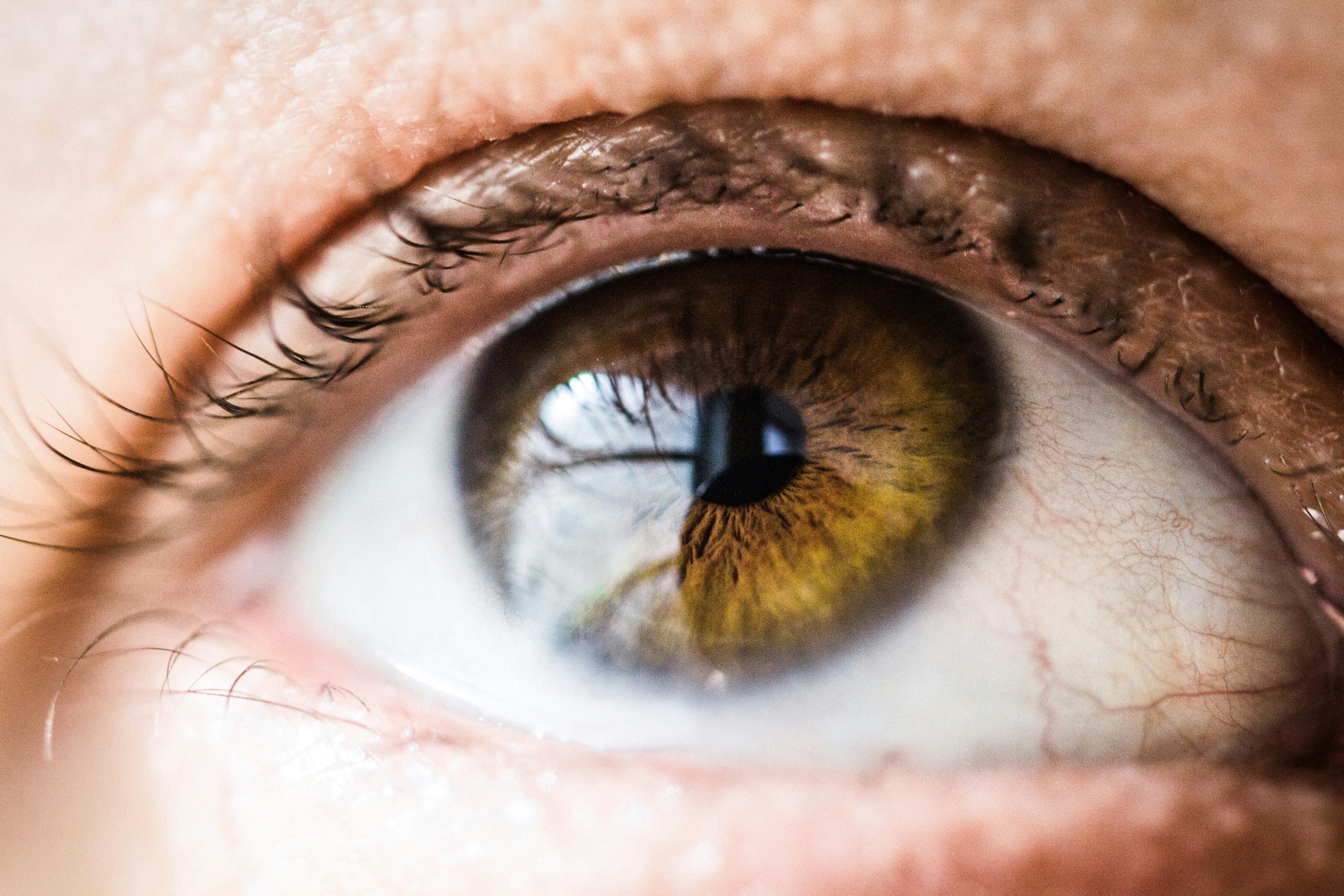The Different Types of Glaucoma
Glaucoma is a group of eye diseases that can lead to optic nerve damage and vision loss. While all types of glaucoma involve increased intraocular pressure (IOP) or optic nerve vulnerability, each type has unique characteristics and causes. Knowing the various forms of glaucoma can help in understanding the risk factors, symptoms, and treatment approaches.
1. Primary Open-Angle Glaucoma (P.O.A.G.)
The most common type, primary open-angle glaucoma, occurs when the eye’s drainage canals become less effective over time, causing IOP to rise gradually. This form develops slowly and often has no symptoms until peripheral vision loss occurs, making regular eye exams essential for early detection.
2. Angle-Closure Glaucoma
Also called closed-angle or narrow-angle glaucoma, angle-closure glaucoma happens when the iris blocks the eye’s drainage angle, leading to a sudden increase in IOP. This is a medical emergency, causing symptoms like severe eye pain, blurred vision, nausea, and halos around lights. Immediate treatment is crucial to prevent permanent vision loss.
3. Normal-Tension Glaucoma
In normal-tension glaucoma, optic nerve damage occurs despite normal IOP levels. The exact cause is unclear, but poor blood flow to the optic nerve may play a role. Risk factors include a family history of glaucoma, cardiovascular disease, and Asian descent. Treatments aim to reduce IOP even further to slow disease progression.
4. Secondary Glaucoma
Secondary glaucoma develops due to another eye condition, such as inflammation, injury, or the use of steroids. Treatments vary based on the underlying cause but often involve managing the primary condition alongside pressure-lowering therapies.
5. Pigmentary Glaucoma
Pigmentary glaucoma is caused by pigment granules from the iris breaking loose and blocking the eye’s drainage canals. This type typically affects younger individuals, especially males, and can cause fluctuating IOP levels. Treatments include pressure-lowering eye drops, laser therapy, or surgery.
6. Congenital Glaucoma
Present at birth, congenital glaucoma is a rare form resulting from abnormal development of the eye’s drainage canals. Symptoms in infants may include sensitivity to light, enlarged eyes, and excessive tearing. Early surgical intervention is often necessary to prevent significant vision loss.
7. Exfoliative Glaucoma
Exfoliative glaucoma occurs when flaky, dandruff-like material builds up on the lens and in the drainage system, obstructing fluid outflow. This form is more common in people of Scandinavian descent and can increase the risk of elevated IOP. Treatment often involves eye drops, laser therapy, or surgery to manage pressure.
8. Neovascular Glaucoma
Neovascular glaucoma develops when abnormal blood vessels grow on the iris and block fluid drainage. It’s often a result of other conditions, like diabetes or retinal vein occlusion. Treatment includes addressing the underlying cause, using anti-VEGF injections to reduce blood vessel growth, and lowering IOP through medication or surgery.
9. Uveitic Glaucoma
This type is associated with uveitis, an inflammatory condition affecting the middle layer of the eye. Uveitic glaucoma can cause pressure fluctuations, and treatments focus on reducing inflammation alongside IOP-lowering measures.
10. Traumatic Glaucoma
Traumatic glaucoma can develop after an eye injury, even years after the trauma occurred. The damage can disrupt the drainage system, leading to increased eye pressure. Treatment may include eye drops, laser therapy, or surgery, depending on the severity of the pressure increase.
Glaucoma encompasses a wide range of conditions, each with specific causes and treatment approaches. Early diagnosis and targeted treatment are essential in managing all types of glaucoma and preventing irreversible vision loss. Regular eye exams are the best way to catch glaucoma early, no matter which type may be at play.


